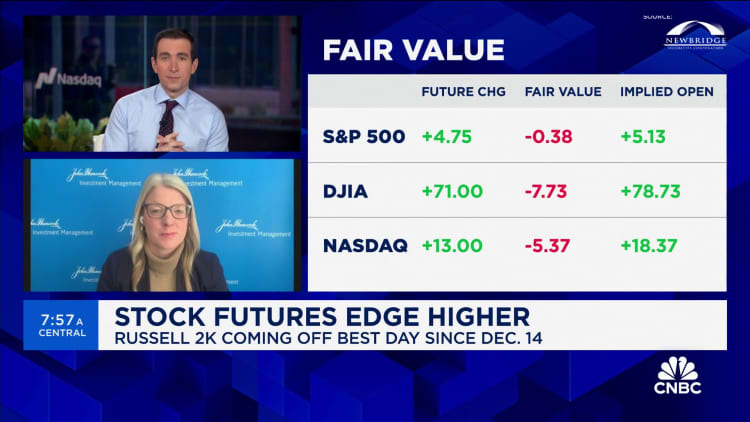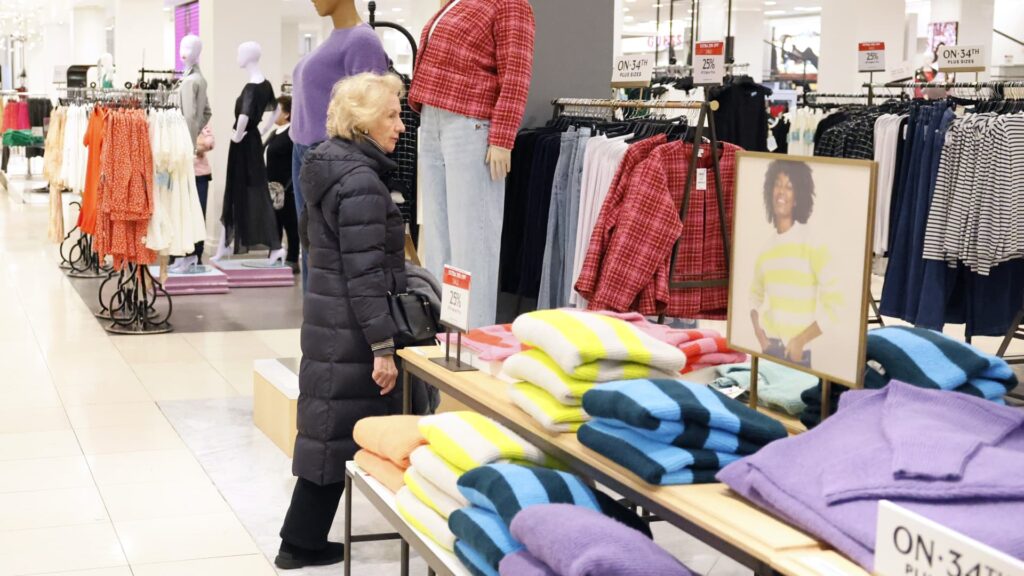Consumer spending fell sharply in January, presenting a potential early danger sign for the economy, the Commerce Department reported Thursday.
Advance retail sales declined 0.8% for the month following a downwardly revised 0.4% gain in December, according to the Census Bureau. A decrease had been expected: Economists surveyed by Dow Jones were looking for a drop of 0.3%, in part to make up for seasonal distortions that probably boosted December’s number.
However, the pullback was considerably more than anticipated. Even excluding autos, sales dropped 0.6%, well below the estimate for a 0.2% gain.
The sales report is adjusted for seasonal factors but not for inflation, so the release showed spending lagging the pace of price increases. On a year-over-year basis, sales were up just 0.6%.
Headline inflation rose 0.3% in January and 0.4% when excluding food and energy prices, the Labor Department reported Tuesday. On a year-over-year basis, the two readings were 3.1% and 3.9%, respectively.
Sales at building materials and garden stores were especially weak, sliding 4.1%. Miscellaneous store sales fell 3% and motor vehicle parts and retailers saw a 1.7% decrease. Gas station sales also declined 1.7% as prices at the pump dropped during the month. On the upside, restaurants and bars reported an increase of 0.7%.
The control group of retail sales, which excludes items such as food service, autos, gas and building materials, fell 0.4%. The number feeds directly into the Commerce Department’s calculations for gross domestic product.

Consumer strength has been at the center of a U.S. growth picture that has proven far more durable than most policymakers and economists had expected. Spending accelerated by 2.8% in the fourth quarter of 2023, finishing out a year in which gross domestic product rose 2.5% despite widespread predictions for a recession.
However, worries linger that stubbornly high inflation could take its toll and jeopardize prospects going forward.
“It’s a weak…
Read the full article here





